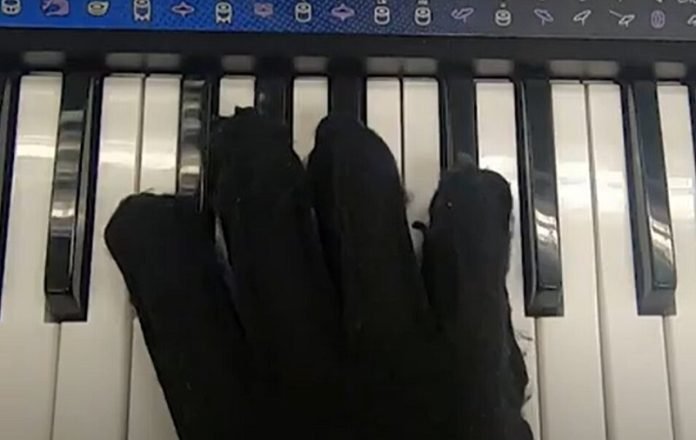
Every year, about 1.1 million people in the European Union suffer from a stroke.
It’s a medical condition that can severely limit a person’s ability to walk, talk, and do everyday tasks.
So, they often need to go through a long recovery process, called rehabilitation, to regain their abilities.
Interestingly, music therapy is known to help people recover their language skills and motor functions (skills for body movement).
For people who knew how to play music before a stroke, they may find that they have to learn to play all over again.
Now, a new scientific study has come up with an exciting solution. A team of researchers, led by Dr. Maohua Lin, have developed a soft robotic glove that can help people relearn to play music and regain their motor skills.
This glove, also known as a “smart hand exoskeleton,” is a lightweight device weighing only 191 grams. It’s designed to be worn on the hand like a glove and can be custom-made to fit each person’s hand perfectly.
What’s cool about the glove is that it’s packed with innovative features. It has special components called “soft pneumatic actuators” in the fingertips, which can move and exert force to mimic natural hand movements.
Moreover, the glove comes with flexible sensors that can give the wearer a feeling of touching objects or surfaces.
When a person wears this glove, they can control each finger’s movement. The glove not only helps but also enhances the wearer’s natural hand movements.
It gives guidance and boosts the user’s hand control and finger movements.
The researchers trained the glove using artificial intelligence to distinguish between correct and incorrect piano playing. In their experiment, they used the song “Mary Had a Little Lamb,” which needs four fingers to play.
The results were pretty promising. The glove could tell the difference between right and wrong piano play, making it a potentially valuable tool for rehabilitating people wanting to relearn to play music.
The researchers now plan to add more features to the glove, like haptic feedback (vibrations), visual cues, or sound to let the user know how well they’re doing.
However, to make the glove useful for other tasks beyond playing music, they need to overcome a few challenges.
This includes improving the glove’s ability to sense touch accurately, making its design more adaptable, and enhancing its machine learning abilities to interpret and respond to user inputs better.
In the future, stroke patients could wear a pair of these gloves to regain their motor skills and coordination.
It’s amazing to think about how technology can help people recover and even enjoy music again after a stroke!
The study was published in Frontiers in Robotics and AI.



